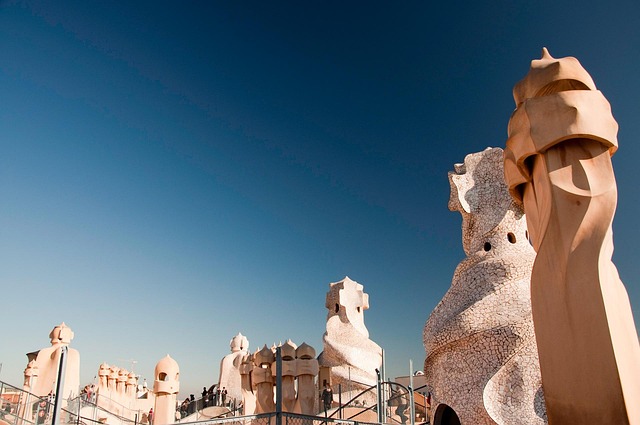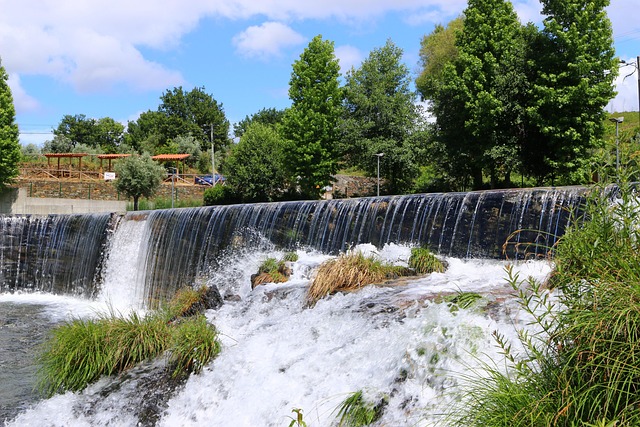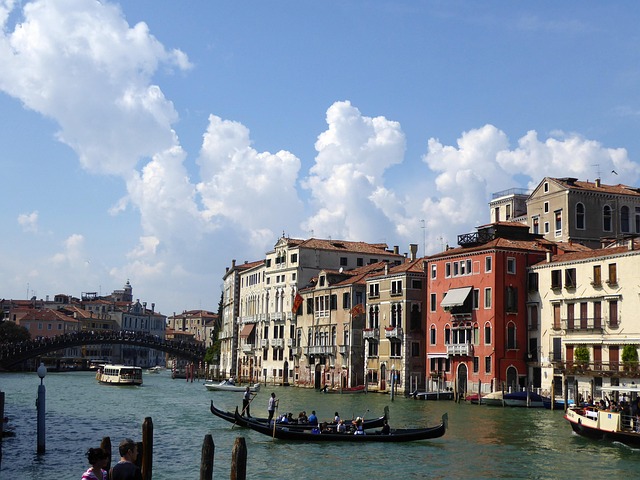Emerging urban centers present significant opportunities for real estate investors and developers due to affordable land, developing infrastructure, and growing populations. By identifying these areas early, investors can capitalize on lower costs compared to established cities while contributing to their sustainable development. The real estate market drives growth, with property value increases attracting investors who fund infrastructure improvements. Developers shape these landscapes through mixed-use projects, influenced by proximity to established cities, transportation access, and government initiatives like affordable housing programs. Strategic investments balancing residential, business, and investor needs ensure long-term character and sustainability. A successful approach involves mixed-use developments integrating green infrastructure and energy-efficient buildings, appealing to diverse demographics and enhancing overall livability.
In the dynamic landscape of urban development, emerging centers are transforming the way we perceive metropolitan growth. This article explores the concept of burgeoning urban hubs, their significance, and the multifaceted role of real estate in shaping these areas. We delve into strategies for investors, highlighting opportunities and responsible practices to contribute to their sustainable growth. Discover how dynamic real estate investments can fuel these centers’ development, creating vibrant communities that thrive at the intersection of progress and potential.
Understanding the Concept of Emerging Urban Centers
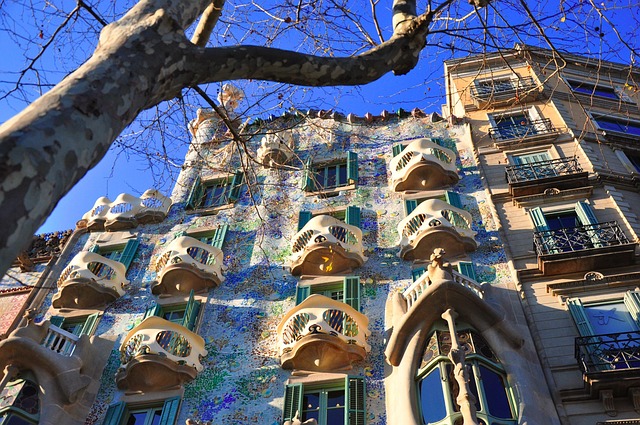
Emerging urban centers, often referred to as up-and-coming or burgeoning metropolises, are areas that experience significant growth and development, transforming from relatively unknown regions into vibrant cities. These locations hold immense potential for real estate investors and developers due to their unique characteristics. They typically offer affordable land, developing infrastructure, and a growing population eager to establish roots. By recognizing these emerging centers early on, investors can capitalize on the opportunity to be part of a city’s metamorphosis, securing properties at potentially lower initial costs than established urban hubs.
The concept involves identifying locations with promising economic prospects, where investments in real estate can foster sustainable urban development. These areas often become game-changers, attracting businesses, residents, and cultural amenities, thereby enhancing their appeal over time. Understanding the driving factors behind an emerging urban center’s growth is key to making informed decisions regarding land acquisition, construction projects, or investment strategies.
The Role of Real Estate in Shaping These Areas
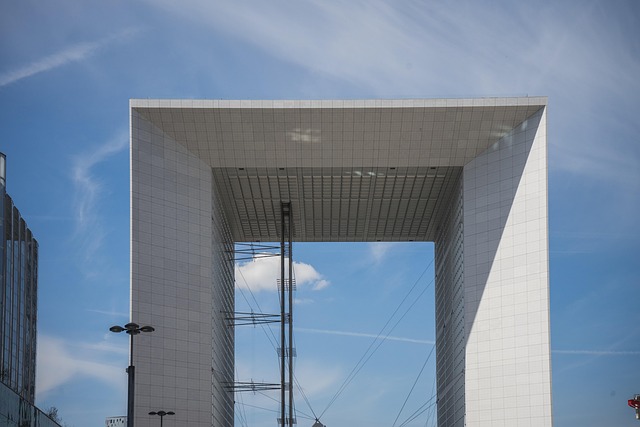
The real estate market plays a pivotal role in the development and identity of emerging urban centers. As these areas gain traction, property values tend to rise, attracting investors who see potential for growth. This influx of capital fuels infrastructure upgrades, encourages businesses to set up shop, and fosters a sense of community among residents. Real estate developers often shape these landscapes by designing mixed-use projects that combine residential spaces with retail, office, and entertainment districts, creating vibrant, multifaceted neighborhoods.
Moreover, real estate trends in emerging urban centers can be influenced by factors like proximity to established cities, transportation accessibility, and local government initiatives. Strategic investments in affordable housing, for instance, can ensure these areas remain inclusive while promoting economic diversity. The careful navigation of real estate opportunities is key to balancing the needs of residents, businesses, and investors, ultimately determining the character and sustainability of these urban centers as they continue to evolve.
Strategies for Investing in and Contributing to Their Growth
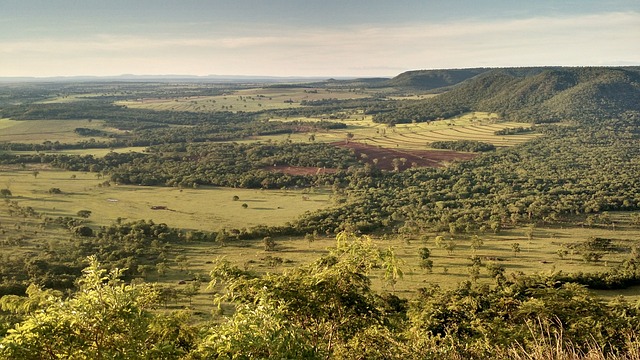
Investing in emerging urban centers between cities can be a strategic move for both real estate developers and investors. These areas often present unique opportunities due to their potential for rapid growth, especially as populations shift and demand increases for more vibrant, connected communities. One key strategy is to focus on mixed-use developments that combine residential, commercial, and retail spaces, fostering a sense of community and walkability. This approach aligns with modern urban planning principles, enhancing the area’s appeal to young professionals, families, and retirees alike.
Contributing to their growth also involves engaging in sustainable development practices. Investing in green infrastructure, energy-efficient buildings, and smart city technologies can position these urban centers as forward-thinking and environmentally conscious. Additionally, collaboration with local governments and community leaders is vital. Developers can ensure their projects meet the needs of the existing population while enhancing the area’s overall livability, making it an attractive destination for businesses, residents, and visitors alike.
